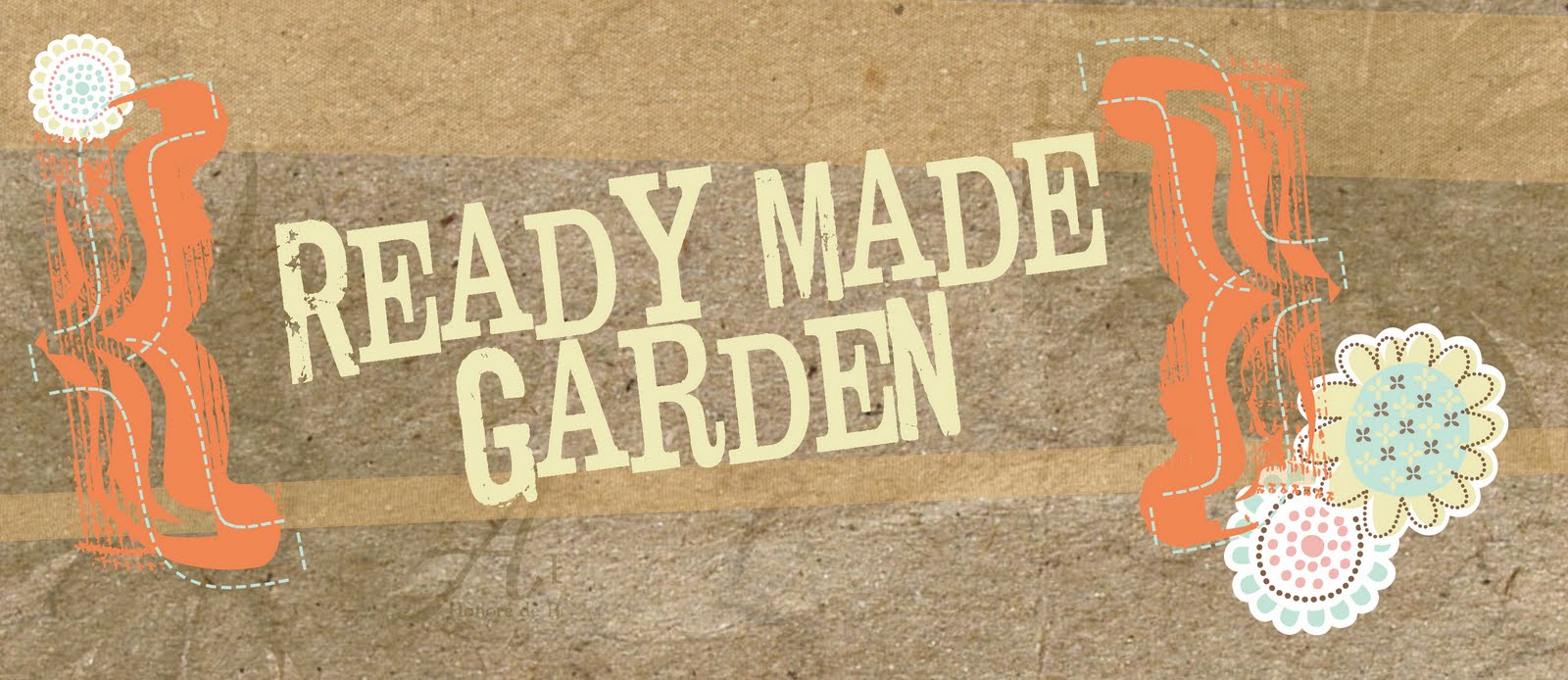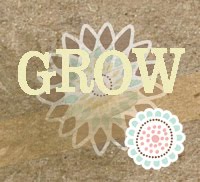Each of your garden bags will have a primary plant and 10 to 28 secondary plants surrounding it.
Primary plants quick list:
- Transplanted into the bag {starts that you either purchase or grow yourself from seed}
- Planted in the center of the bag {see exception below}
- Plant before secondary plants in the hotter months to provide benefits {such as shade} for secondary plants
- Will last all season
- They should be small when you plant them in the bag, large plants will go into "root shock", take longer to start growing, and cost more than small plants {if you choose to purchase them} - if you are purchasing starts you will want the six to eight packs
- Be very careful with the roots when planting - if they are wound down at the bottom they need to be gently separated
- Primaries should be well hydrated and sprayed with nutrient BEFORE transplanting {see Garden Master exact instructions below}
- Plant different primary plants in neighboring bags (i.e. plant a tomato primary next to a cucumber primary)
Secondary plants quick list:
- Grown from seeds in the bags
- Planted after primary plants
- Plants are harvested and then replanted
- Plants don't need to reach full size, pick them when they are small to save cutting time & they'll be more tender and flavorful
Exception {referenced above}:
- If your primary plants are beans or peas, 4 of them are planted in a row in the center of the bag
Garden Master exact instructions {referenced above}:
- Food preparation - mix 2 Tablespoons of nutrient with 1 gallon of water
1. Water thoroughly to ensure plant hydration. Do not feed plants if they are dehydrated(wilted).
2. Feed transplants 3 days prior to transplanting.
3. Feed transplants 3 days after transplanting if they have fully recovered from any transplant shock.
4. Feed every 3 weeks thereafter
- Application of nutrients/food
Apply nutrient solution in a fine mist to the top and underside of the plant foliage early in the mornings. NEVER EVER EVER apply the nutrient solution in the heat of the day or if the temperature is below 50 degrees F.
Other Planting Information:
Each bag is like a puzzle; you want to plant the produce that grows well together. Ted has put together a planting guide for
the month of April that is designed for commercial planting. To see his planting guide click HERE. This planting guide will allow you to see which plants to group together but he hasn't had time to customize it for family gardening and so the spacing guidelines are not applicable. The planting guideline is not an all inclusive list of compantion plants. If you can't find companion plants you're looking for, search the internet and you'll find many similar companion planting guides you may use to supplement this list {if you find one you particularly like please do share by making a comment on this post with a link to your find}.
As you design your garden puzzle in each bag, think of the space each plant needs. You have space above the bag, shallow root space just below the surface of the sand, middle root space, and deep root space. For example, carrots are going to use a lot of shallow and middle root space but not much space above ground. A tomato plant will use a lot of space above ground, but its roots will grow deep and not use much shallow root space.
Here is a quick grouping of basic plants according to root space requirements.
Shallow root plants - beets, lettuce, onions, radishes, spinach, chard, cucumbers
Middle root plants - broccoli, cabbage, cauliflower, cherry tomatoes, eggplant, peas, peppers, carrots
Deep root plants - beans, potatoes, squash, tomatoes
The Garden Master has a diagram for planting - click HERE. This planting scheme helps in space usage and trelissing. Plants that don't like each other should be planted at opposite ends of the garden. To avoid cross pollination problems, plants like cucumbers and melons should be planted away from each other.
The Bucket Garden is designed for continual harvest, which means you'll be able to have new organic goodness ready for picking every week. Because primary plants last all season, you can transplant them all at once through the entire garden. However, to avoid wasted produce, do not overplant too much of any one type of primary. As a general rule, once the primaries are transplanted and growing, plant 25% of your garden with secondary plants. Wait approximately two weeks, and then plant the next 25% of your secondaries. Wait another two weeks for the next 25%, and another two weeks for the final 25%. Staging the planting in this manner will create a continual harvest.
In your garden design you'll want to include plants that ward off enemy insects {the bad bugs} and others that encourage beneficial insects. Plants that repel bad insects and invite beneficial insects include the following: garlic, chives, coriander/cilantro, onion, petunia, geranium, marigold, nasturtium, basil, sage, and chrysanthemums. For more information, until the Garden Master provides additional content on his website, click HERE for details on beneficial insects and the plants they like. The Garden Master also recommends mixing a few radishes and onions in with your carrot crop to discourage insects that attack carrot roots.
Basic plant spacing guidelines:
Spacing is not an exact science, it just requires the application of common sense. For example, you can't grow 20 tomato plants in one bag - but you could grow the following: 1 tomato, 1 basil, 4 lettuce, 5 radish, 15 carrot, and 4 green onion. This arrangement would give you 30 plants in one bag. The tomato would be your primary plant, basil and lettuce would serve as your larger secondary plants, and radishes, carrots, and onions are all small secondary plants. The amount you plant of each will vary based on your family's needs.
To assist you in spacing, imagine a 2 inch grid covering your bag. As a general rule, you can place one plant every two inches. Your bigger plants {primaries and larger secondaries} will need a little more space. Plants like onions can be planted every one inch.
Phew - lot's of information. Remember, your Bucket Garden is your puzzle and you have complete control over how you decide to plant it and how much fun you have in the process.




